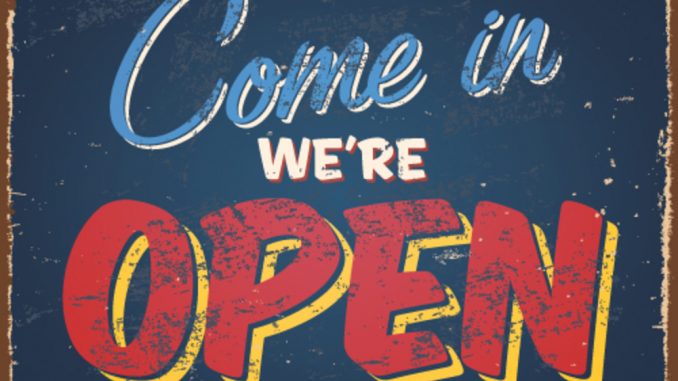

Director: Corporate-911
South African business owners are experiencing a level of distress that they have never dealt with before. Not only are they dealing with a tough economic climate, but they are dealing with the fallout of the recent civil unrest which impacted businesses in Gauteng and KwaZulu-Natal.
Government is offering assistance in the form of a 24-month interest free loan. However, its is one thing getting this loan, but how do companies get themselves into a position where they are profitable and able to pay this loan back?
If I were advising these businesses, this would be my approach.
Phased recovery
There needs to be a disciplined and phased approach to this recovery.
Phase 1; do you still have a viable business and an opportunity to return to a profitable core? This may seem like a tough call to make but consider your market and customers. They are probably still there and will want to support you. Communicate with your customers on all available platforms. Social media can be a great way to localise your messaging and cheap if you do it yourself.
Then you need to ascertain how long you will be closed for while rebuilding the business. During this time, can you offer products/services from other branches? Where are these branches located? Can you get a call centre set up to take orders and do drop offs for collection or deliveries? Always keep your customers the centre piece of your turnaround.
Phase 2; rebuild the infrastructure. The actual physical damage needs to be repaired and valued for the insurance claims. You will also need to deal with the human resource issues during this phase. What staff will be retained? What will the layoffs be? Place staff on leave if they are not essential for the rebuild. Can they claim UIF? If so, make sure the administration and registration is up to date.
You then need to rebuild your supply chain and negotiate with trade creditors. Will they give you extra time to pay? Can you use the interest free loan to pay them and to restock your business?
If you have contracts to fulfil, can you outsource them to keep the relationship? Help your customers solve the challenges because of the disaster. You can get them back later.
Phase 3; do a business plan and detail a 13-week cash flow for your business. Call your creditors and explain the challenges. They can only help if you ask.
There are certain rules that apply to this phased approach:
- Rule 1; determine how deep is the hole you are in;
- Rule 2; how hot is the fire and what is the time frame within which you must pay creditors? Extended terms of payment are cheaper than any other debt;
- Rule 3 if you don’t ask for help, creditors can’t say yes;
- Rule 4 have a cash flow and a recovery plan. It does not need to be an MBA styled plan, focus on the big things that need to be done with a clear set of priorities and get them done. It seems overwhelming but FOCUS.
Get enough sleep and manage your stress. Burnout is your enemy is a disaster and a crisis turnaround.

Photo By: Unslpash
Basic principles
A few weeks ago, I wrote an editorial piece which focused on the recovery of three businesses in the US. Going back to basics really benefitted them. The same rule applies here, go back to basics.
- Put the customer first. They are also in crisis;
- Be careful of extending credit unless you have a proper chance to evaluate the credit risk. This is like a start-up but with customers. Keep the customers and build your brand identity and presence. Don’t let them forget you;
- Manage your cash flow. Manage your supply chain and restock with the essentials first. Cut the range of products and services to the most volume and most profitable. Leverage your rebuilding on the fact that the customers know you are bringing them the quickest solution to their problems even if they can’t get everything now;
- Get your insurance claim in as early as possible. There will be a que for loans and assistance.
Give back to Caesar what is owing to Caesar
Eventually, you will have to pay back the money you have loaned from Government. It was given to you in good faith, it should be repaid in good faith.
Build a robust cash flow and revise every week. This is where the 13-week cash flow plan will be important.
Plan the first 4 weeks in specific detail and ration your cash where you will get the best outcomes from sales profit and cash flow. Offer discounts for cash and early settlements.
The second 4 weeks will be focused on rebuilding and getting the financial support in. The final 4 weeks are about stabilising your cash flows and begin developing a plan to repay the most expensive debt first.
Openly engage with your creditors about your cashflow situation and update your weekly progress. If you have a sales target, did you make it or exceed it? If not, how does that affect the payment plan for the next week? It is very time consuming but the best tool you have in managing a cash flow crisis.
Communication is key when approaching this undertaking. Remember to put your customers first and your creditors needs second. Finally, ask for help. The job of the BRP becomes easier if they are engaged early in the process.
Robin Nicholson is a Director at Corporate-911 and is a Senior Business Rescue Practitioner




